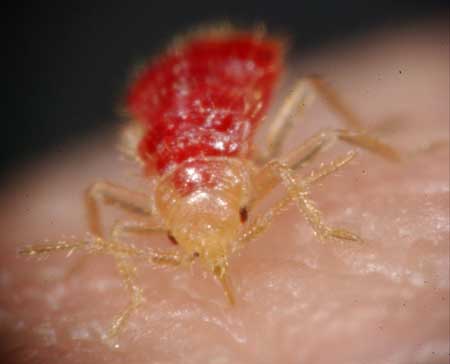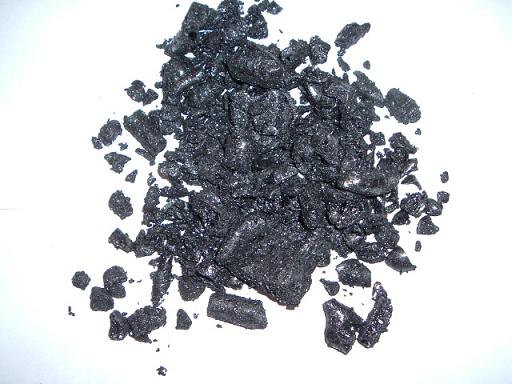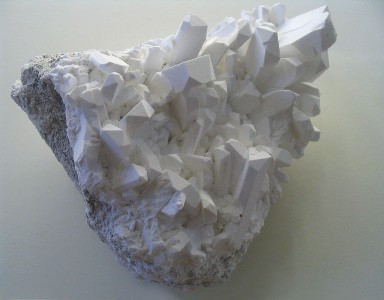Food is one of the greatest pleasures of mankind. Though most often it is a source of delight; it can also be considered by some as curse. Here is our interesting and sometimes shocking list of top 10 odd ingredients in foods today.
1. Poop
The skatole is a major ingredient of poop. Skatole comes from the Greek root word “skat” whose literal meaning is “dung.” This is the same root word for “scatology” which is the study of feces! This is commonly added to several kinds of perfumes, cigarettes and strawberry ice creams.
2. Human Hair
L-cysteine is the type of amino acid that is very common in baked products. It is used primarily to soften the dough and provide elasticity. It is present in doughnuts, cookies, breads and bagels to name a few. The most practical way of producing this amino acid is by extraction from human hair. There are also reports that soy sauce in China is produced using human hair.
3. Beaver Ass
The juice from the beaver ass is a popular flavor enhancer primarily for raspberry products as this anal juice, which is referred to as castoreum, gives these foodstuffs it rounded flavor. This is also the same ingredient that is found in chewing gum and cigarettes.
4. Cigarettes
Yes, you are right – cigarettes are also being ingested. This is practiced by some people particularly in places where smoking is banned. This people resort to drinking what is known as “nicotine tea” which is usually a bottle of vodka or brandy that is added with cigarette.
5. Bugs
Bugs are used to produce two popular red colorings. These are carmine and cochineal. The bugs are usually boiled in water and the level of redness depends upon the length of time it remains immersed in boiling water. One will have to boil 155,000 bugs just to produce 2 pounds of the red food coloring.
6. Varnish
To be very specific about it, we are referring to shellac which is a popular varnish during the period 1880 to 1930. This type of varnish was commonly used then for the mass production of candies and baked products in order to produce a nice luster for the finished products.
7. Coal Tar
There was a time when the amaranth was popularly used as a food dye. However, because it was later determined to be highly carcinogenic, it was replaced with Allura red AC which is a derivative from coal tar. Although this type of food dye is not carcinogenic, it can cause some side effects like vomiting to some people.
8. Borax
Borax is primarily used as an insecticide, fire retardant, ingredient in detergent and glass, and treatment of horse rush. It is banned as food additive in the US although there are countries where it is still used as a food additive.
9. Viruses
The US FDA has approved in August of 2006 that use of bacteriophage in the preparation of several types of food products. This virus is added to meat products in order to kill pathogenic bacteria which can cause food poisoning.
10. Gold
This has got to be tops when it comes to bringing stylish and lavish lifestyle to the extreme. Gold is used in food primarily for decorative reasons. It is also laced in traditional German and Polish liquors. Gold is an inert material and has no nutritional value. It passes through our digestive system unaltered. Ergo, one can get an extra when ingesting gold laced foods– golden excreta.











Humans eat copious ammounts of insects and dirt over their life time. Foe example, producers odf tomato sauces, purees etc. aren’t able to individually remove insects from tomatoes so they just crush them up with the fruit and vegetables. That’s life.